Field trip Participants Organizers and Commitees Travel and accommodation Social programme Downloads Sponsors
Important Announcements
Mesa redonda abierta: políticas de gestión forestal en materia de medio ambiente

Contact addresses:
xestioneventos@usc.es
Accommodation and Santiago`s way.
emma@viajestrotta.com
 |
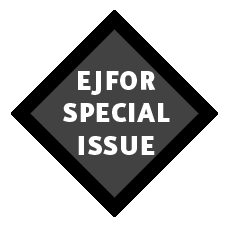 |
A - Santiago de Compostela and Galicia
B - Forest and new forest landscape in Galicia
Santiago de Compostela and Galicia
EFFECTS OF FOREST MANAGEMENT ON WATER AND CARBON CYCLES
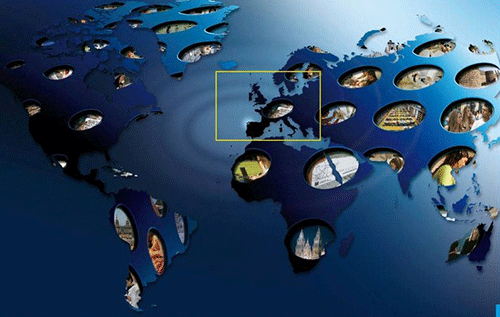
The conference will be held in the city of Santiago de Compostela, a world heritage city (UNESCO), located in Galicia, NW Spain. This Atlantic region has a temperate, wet climate (average annual temperature, 14 C and average annual rain fall, 1800 mm), and the varied forest land in the region is intensively managed.
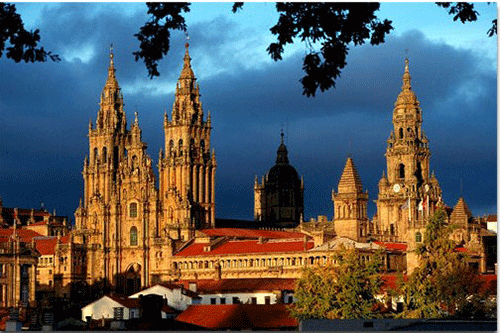
The region features exceptional examples of highly productive woodlands. In some cases these forests are growing on marginal agricultural land, so that carbon capture is substantial.

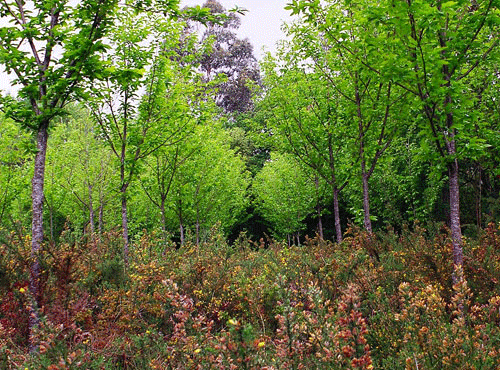
Plantation of chestnut trees on reforested agricultural land.
There are also excellent examples of forest planted on highly degraded land, such as mines, marshes, sand dune systems and land affected by wildfires.

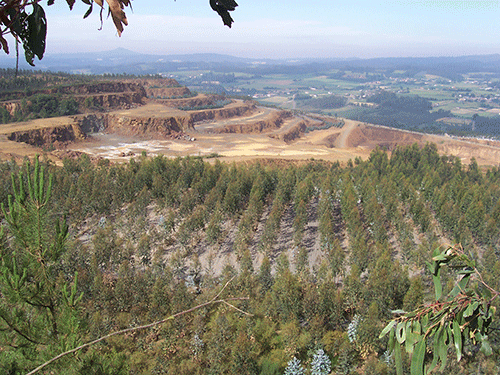
Mine reclamation with Eucalyptus plantations, in which wood ash has been applied to the soil.
The region also has abundant hilly and mountain areas, where forestry management respects hydrological regulations.
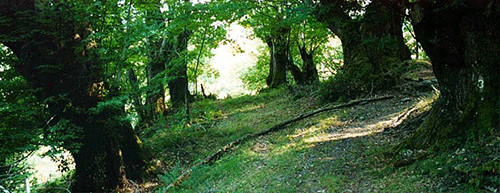
Well preserved forests of Quercus robur and Fagus sylvatica are common.
The surroundings of Santiago de Compostela boast natural and well preserved coastal landscapes.
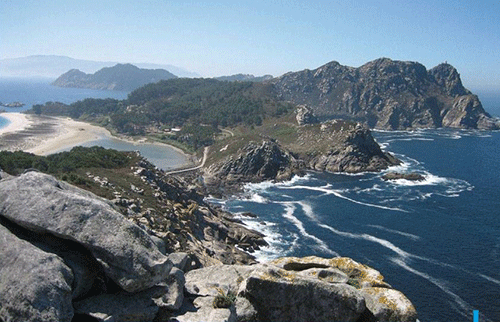 

Atlantic Islands National Park.
Forest and new forest landscape in Galicia
This region features exceptional examples of highly productive woodland. In some cases these forests are growing on marginal agricultural land, meaning that carbon capture is substantial. There are also excellent examples of rehabilitated forest planted on highly degraded land, such as mines, marshes or sand dune systems. The most significant example is the rehabilitation of the slag from the As Pontes mine, which, covering over 15 km2, is the largest open cast mine in Europe. This rehabilitation programme, on which researchers from the University of Santiago de Compostela have collaborated, has been one of the most important environmental challenges worldwide in recent times. It is also a region with abundant hill and mountain areas, where forestry management respects hydrological regulation.
Some examples
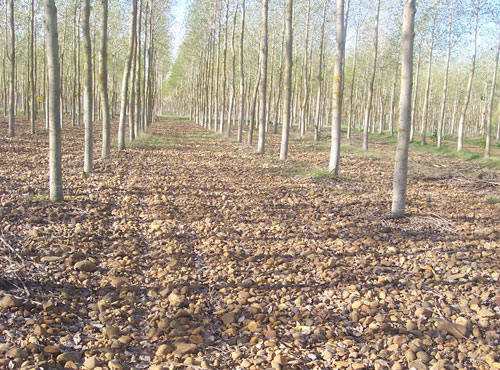
Reforestation of poplars on highly degraded land on the banks of a river.
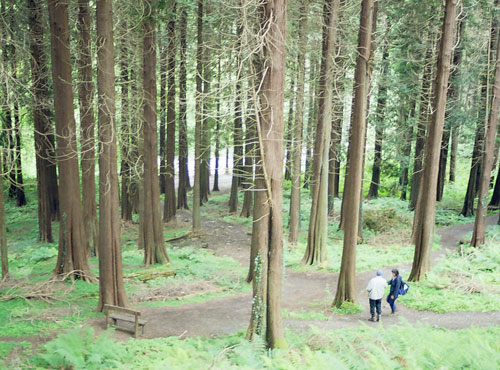
Reforestation in Ireland for recreational use.
Suitable management of logging residue on intensive forestry plantations as a strategy in order to conserve carbon content in soil and prevent the erosion.
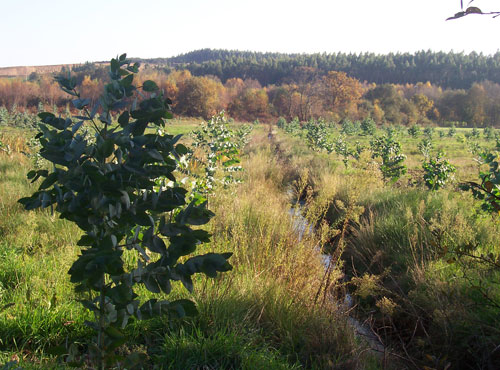
Plantation on degraded wetland.
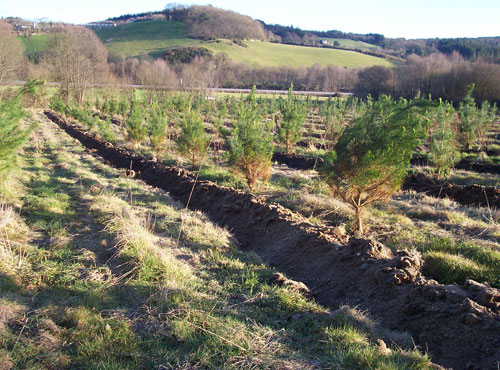
Reforestation of marginal cultivated agricultural land.
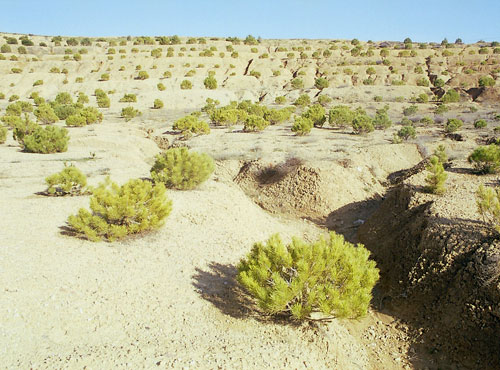
Replanting of an area seriously affected by erosion.
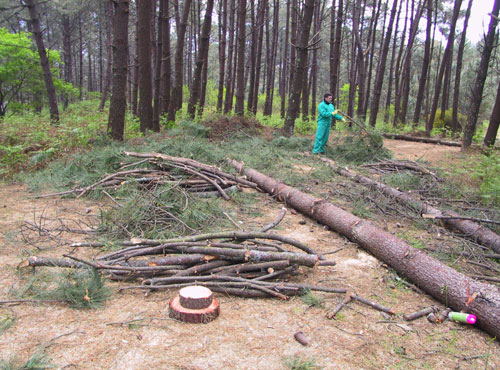
The suitable management of forest resources can help to balance the carbon cycle
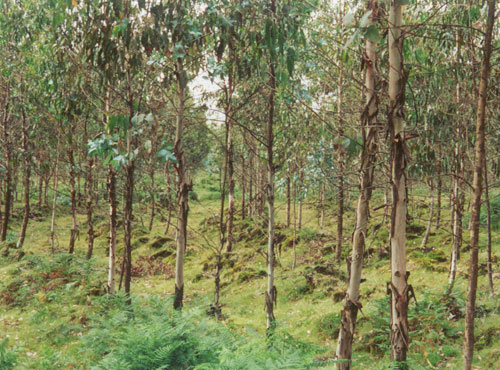
The high density planting of eucalyptus for large-scale biomass production used in the rehabilitation of a mine.
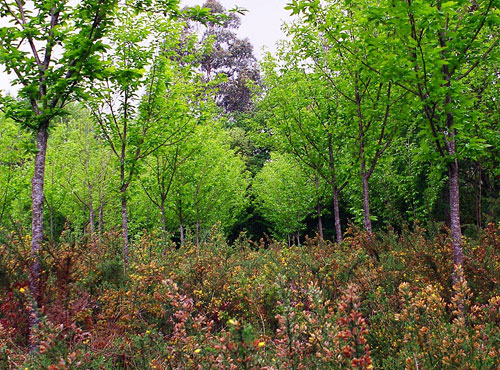
Plantation of chestnut trees on reforested agricultural land.

